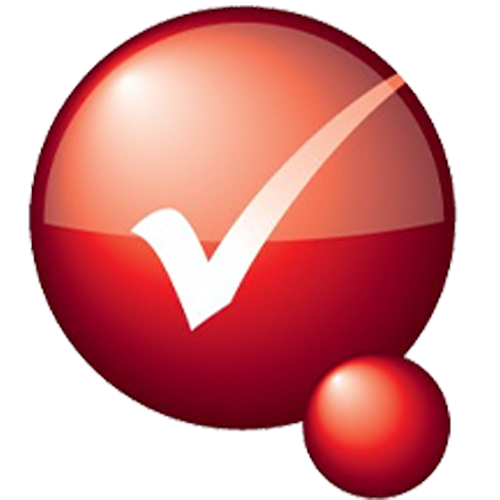RESPIRATOR FIT TESTING
Respirator Fit Testing is the process of testing and ensuring that the respirator that a worker is wearing is tight-fitting and seals to the wearer’s face in order to provided expected protection. This includes disposable respirators and re-usable respirators. Fit testing is a required by Australian New Zealand Standard AS/NZS1715 before a user wears a respirator on the job, and must be assessed at least once annually.
Fit tests must be performed when a worker starts wearing a new size, style, model or make of respirator as well as any facial changes that occur that could affect fit such as significant weight fluctuation or dental work. There are two kinds of tests:
Qualitative Fit Test (QLFT):
Negative-pressure, air-purifying respirators, as long as they’ll only be used in atmospheres where the hazard is at less than 10 times the permissible workplace exposure standard.
Tight fitting facepieces used with powered and atmosphere-supplying respirators.
QLFT is a pass/fail and relies on the user’s senses using one of the AS/NZS 1715 accepted test agents.
At QSolutions Group, we believe that Qualitative does not ensure the safety of you and your workers - and also doesn’t fully ensure legal compliance. At QSG, we use Quantitative Fit Tests (QNFT) to fit test your respirators.
Quantitative Fit Test (QNFT)
A quantitative fit test (QNFT) can be used to fit-test any tight-fitting respirator. It involves using an instrument to measure leakage around the face seal and produces a numerical result called a “fit-factor”. We use a machine called a Portacount, that calculates the particles outside of the mask and compares that to the amount of particles inside the mask. A “fit-factor” of at least 100 is required for half-mask respirators and a minimum fit factor of 500 or 1000 for a full-facepiece, depending on the protection factor required in use.
Which filter is for you?
As per AS/NZS 1715 there are 3 different classes of particulate filters, P1, P2 and P3.
Class P1 particulate filters: used against mechanically generated particulates e.g. silica and wood dust.
Class P2 particulate filters: used for protection against mechanically and thermally generated particulates or both e.g. metal fumes.
Class P3 particulate filters: used for protection against highly toxic or highly irritant particulates e.g. beryllium (if with full face respirator)
Learn more about how QSolutions Group can keep your workers fit-tested and safe by clicking the button below or contacting us now.

